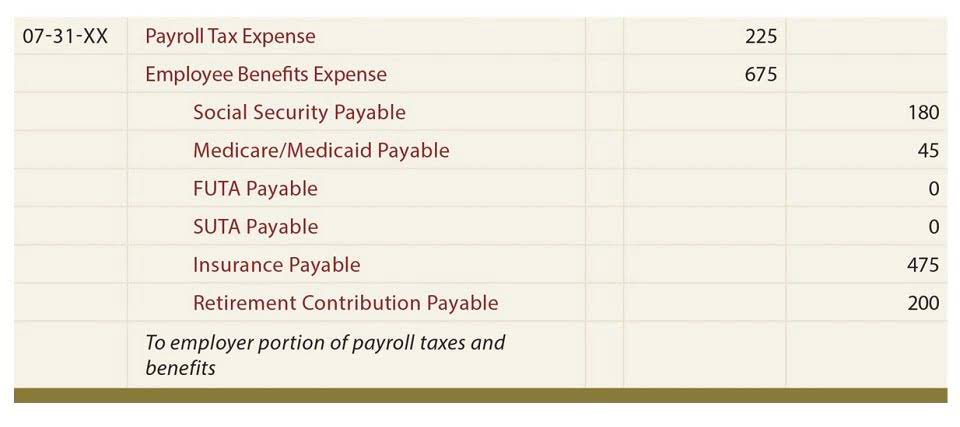What is Stock in Accounting?
June 13, 2023 in Bookkeeping by hanabank
Preferred stock is a distinct class of stock that provides different rights compared with common stock. While both types confer ownership in a company, preferred stockholders have a higher claim to the company’s assets and dividends than common stockholders. Authorized stock refers to the maximum number of shares a firm is allowed to issue based on the board of directors’ approval. A business can issue shares over time, so long as the total number of shares does not exceed the authorized amount. Authorizing a number of shares is an exercise that incurs legal costs, and authorizing a large number of shares that can be issued over time is a way to optimize this cost. The number of outstanding shares, which are shares issued to investors, is not necessarily equal to the number of available or authorized shares.
The court cannot force you to sell your shares, although the value of your shares may have fallen. Likewise, if a major shareholder goes bankrupt, they cannot sell the company’s assets to pay their creditors. Corporations issue stock to raise funds to operate their businesses and the holder of stock, a shareholder, may have a claim to part of the company’s assets and earnings. If the business uses accounting software, the cost of goods sold is automatically adjusted when a sales invoice is issued, and the goods are listed on the invoice.
Capital Stock: Definition, Example, Preferred vs. Common Stock
Inventory refers to the stock of goods that a company has on hand, including raw materials, finished products, and even work in progress. Because inventory is a vital part of a company’s operations, it is essential to understand where it appears on the balance sheet. Forfeited options or restricted stock will trigger a reversal of the original addition of stock based comp to APIC. Stocks are also classified by market capitalization into large-, mid-, and small-cap categories. Large-cap stocks are more frequently traded and usually represent well-established, stable companies.
- On the other side of the ledger are liabilities, which are what the company owes.
- Once you know how many shares the company is issuing and at what price, it’s easy to calculate the proceeds.
- Stocks are issued by companies to raise capital to grow the business or undertake new projects.
Whereas stock management tracks and controls the movement of stock, the accounting side deals with the financial information intimately tied to the buying and selling of finished goods. When it comes to stock accounting, you’ll learn everything you need to know in this guide to stock accounting. A stock, also known as equity, is a security that represents the ownership of a fraction of the issuing corporation. Units of stock are called “shares” which entitles the owner to a proportion of the corporation’s assets and profits equal to how much stock they own. In most cases, a company will issue one class of voting shares and another class of non-voting (or with less voting power) shares. The main rationale for using dual classification is to preserve control over the company.
Preferred Stock
Unlike restricted stock, there are no offsetting journal entries to equity at the grant date. The stock options do not impact the common stock and APIC balance at the grant date. Called up capital is that part of the issued share capital for which the business has requested payment. Paid up capital or contributed capital is that part of the called up capital for which a business has received payment from shareholders.
Stay up-to-date with the latest small business insights and trends!
Meanwhile, value stocks are priced lower relative to their fundamentals and often pay dividends, unlike growth stocks. The value of common stock issued is reported in the stockholder’s equity section of a company’s balance sheet. Unlike taking loans or issuing bonds, a company is not required to repay capital investors at a set schedule. In addition, it is inexpensive for a company to issue new shares, which can be sold at a much higher price than the cost of issuing the securities. The importance of being a shareholder is that you are entitled to a portion of the company’s profits, which is the foundation of a stock’s value. The more shares you own, the larger the portion of the profits you get.
Pros and Cons of Common Stock
Shares of treasury stock do not have the right to vote, receive dividends, or receive a liquidation value. Companies purchase treasury stock if shares are needed for employee compensation plans or to acquire another environment company, and to reduce the number of outstanding shares because the stock is considered a good buy. Purchasing treasury stock may stimulate trading, and without changing net income, will increase earnings per share.
By the end of the year, it expects to add 100 dealer partners across the United States, Canada and Europe. Salinas most recently held the role of Assurance Partner at big four accounting firm PricewaterhouseCoopers (PwC), where he worked for over two decades. Get instant access to video lessons taught by experienced investment bankers. Learn financial statement modeling, DCF, M&A, LBO, Comps and Excel shortcuts. If the options expire out of the money, they will be forfeited and the expense will be reversed.
How Long Should You Hold Stock for Long-term Capital Gains?
In addition, any secondary offerings or share buybacks will also affect the value of the capital stock. Capital stock is typically valued based on its par value, as well as the value of additional paid-in capital. This represents the excess over the par value that investors pay the company for their shares. The weighted average method, or average cost method, deals with stock utterly different from the FIFO and LIFO methods. This method dictates that the overall value of stock is based on the average cost of items purchased and sold within a given accounting period.






Recent Comments